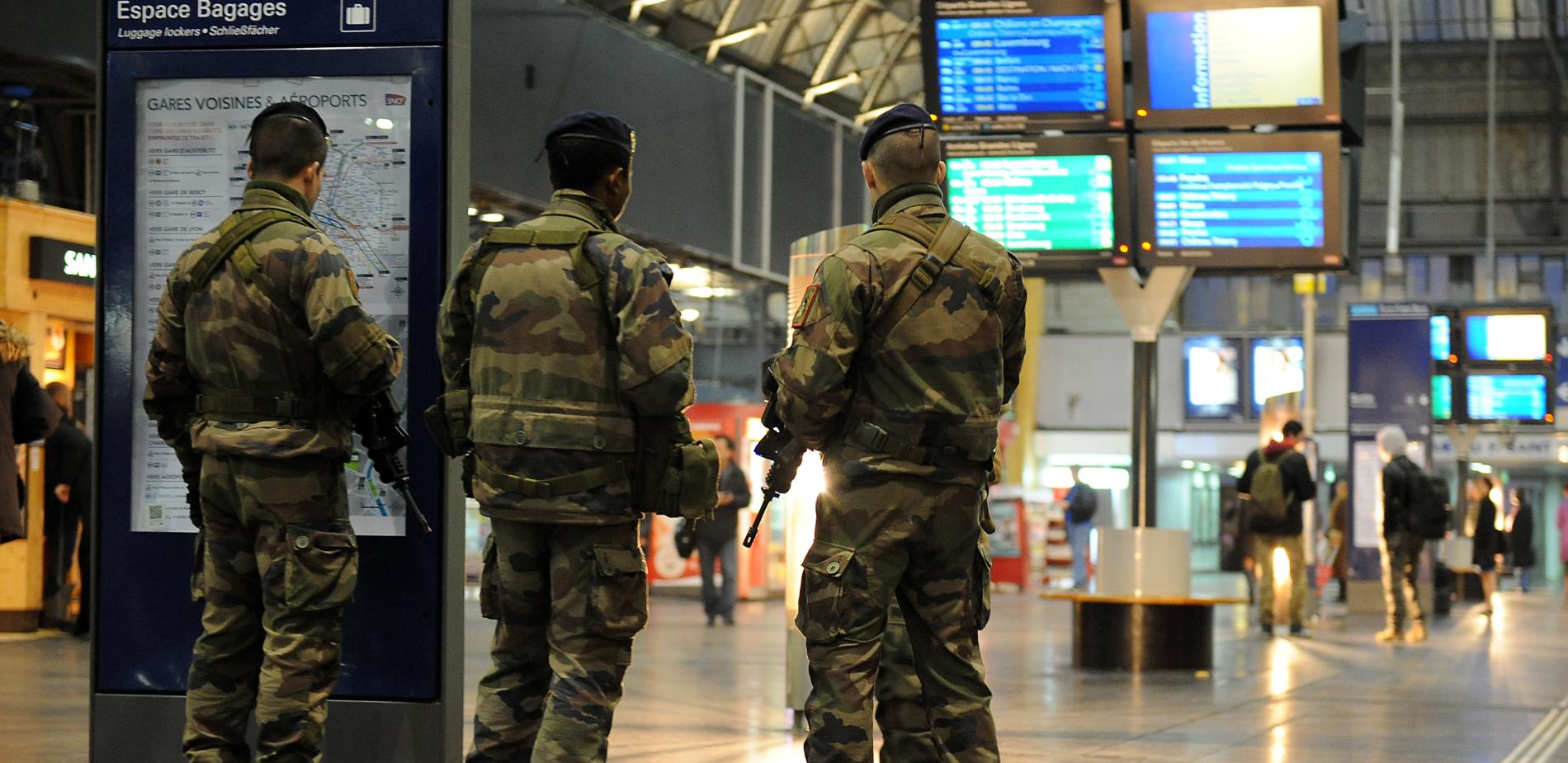
Antiterrorism through the prism of the social sciences
In order to respond to terrorism, the French authorities have rolled out a wide range of measures. A subject of interest to political scientists, lawyers and sociologists alike.
Investigation by Natacha Scheidhauer - Published on
After the attacks, antiterrorism is getting organised
Bombings and shootings… the events of 13 November 2015 were part of a long series of mass attacks carried out since 2001, in particular in Europe and the United States, claimed by such Islamist terrorist organisations as Al-Qaeda and Daesh.
In France, the hardest hit European country between 2001 and 2024 with 302 fatalities, the General Directorate for Internal Security (DGSI) is responsible for operational management of counterterrorism: identifying networks and individuals “likely to carry out violent actions”, assessing risks connected with the presence of “jihadist fighters” and analysing “violent radicalisation phenomena”. A mission conducted in collaboration with the other intelligence services, under the aegis of a national coordination established in 2017.
The authorities make use of a range of technological and legal tools in order to counter terrorism, including the “state of emergency”, an exceptional system created in 1955 and reinforced after 2015 that gives the security forces increased powers.
These initiatives have improved prevention of terrorist acts – 82 attacks foiled since 2015 according to the DGSI – but raise a good many questions. Hence, the social sciences study their impact on society as well as on civil liberties and social cohesion. Such critical examination contributes to the search for a balance between collective security and respect of fundamental rights, a condition essential to countering terrorism sustainably.
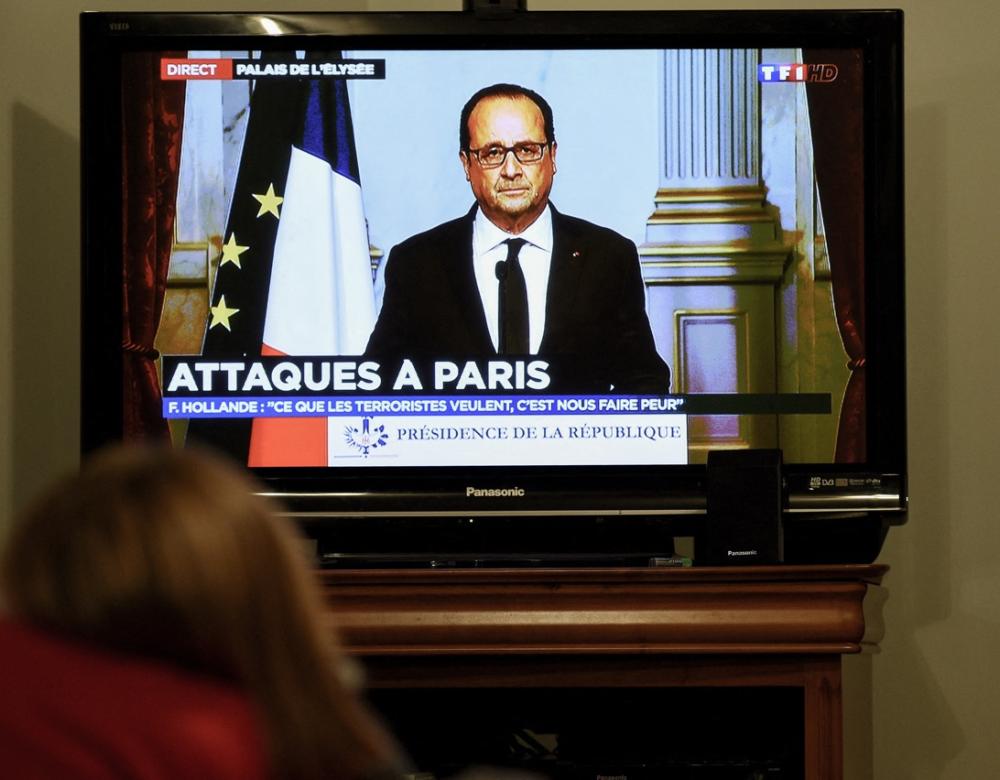
The return of the state of emergency
At 11:55 p.m. on 13 November 2015, François Hollande announced the establishment of a state of emergency. Border controls were reintroduced and passenger screening intensified in railway stations and airports. Decisions usually approved upstream by the judicial authorities were transferred to the administrative authorities: the Ministry of the Interior and the Prefects could now implement curfews, prohibit public gatherings, close places of worship, conduct searches, put anyone whose activity might endanger public order under house arrest, and block websites and social media glorifying terrorism. The state of emergency would remain in force until 1 November 2017.
A legislative arsenal: towards prevention of acts
As it has had to deal with attacks since the 1970s, France has provided itself with extensive antiterrorist legislation. With two specificities. First of all, cases are investigated by specialised judges and tried by an assize court in which the usual jury of laypeople is replaced by professionals. Secondly, it punishes terrorist actions even at the planning stage, thanks to a key measure: criminal conspiracy in connection with a terrorist enterprise (AMT), introduced in 1996, which is accompanied by flexible rules of procedure including extension of police custody to 6 days (48 hours in common law) and investigators’ anonymity.
Thirteen laws were enacted between 2015 and 2024, including the act bearing on Strengthening Internal Security and the Fight against Terrorism (SILT) passed in 2017, which integrates the provisions previously only applying to states of emergency into common law.
With this new legislative arsenal, judges no longer settle for establishing past facts, they now have to assess defendants’ potential dangerousness: “Centred on the police, intelligence services, administration and prisons (…), it bears witness to the establishment of the ‘preventive shift’” , as the researchers A. Mégie, S. Weill and E.-P. Guittet asserted in an article published in 2021. At the price of a risk that has often been pointed out – a shift from presumption of innocence towards presumption of guilt. Even though the verdicts in the trial of the perpetrators of the 13 November attack were actually greeted as balanced, with sentences proportional to each defendant’s role in the events.
Video surveillance, retrospectively useful
Video surveillance enables investigators to track terrorists’ movements and facilitates their investigations. Nonetheless, it fails to prevent terrorist acts, even in its AI-augmented version: “First of all, you’ve got to know who or what you’re looking for”, explains Guillaume Gormand, a researcher on public administration (Grenoble-Alpes metropolis). But the individuals who become radicalised behind their closed bedroom doors are often complete unknowns. In 2016, video-surveillance recordings of the lorry driver’s movements on the eve of the Nice attack did not prevent his act.
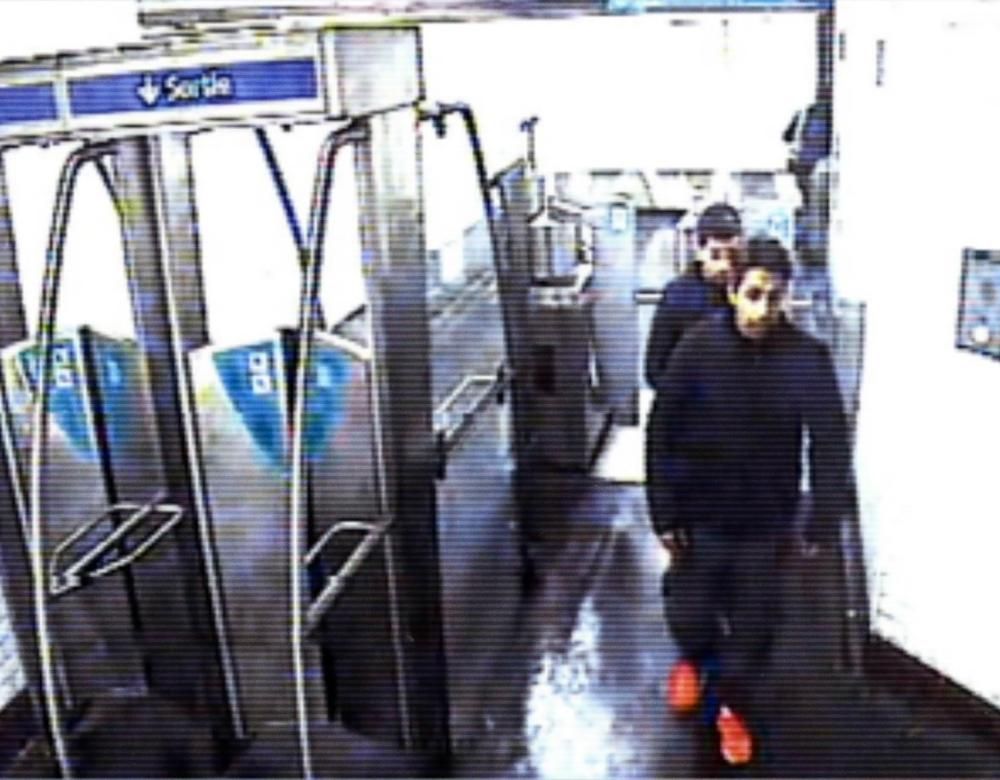

Cutting off financing
Drying up terrorists’ financial resources is one of counterterrorism’s major focuses. Since 2015, Tracfin, the Ministry of Finance’s intelligence service, has kept a close watch on suspect transfers of capital. Investigations conducted by institutions combating the trafficking of cultural property also show that resale of “blood antiquities”, those heritage objects looted by terrorist groups, is a major source of financing along with the trafficking of weapons and drugs. Research is also being conducted with a view to improving the traceability of antiquities, including ink-based marking containing nanometric markers.
Online, multifaceted surveillance
In 2024, almost 25,000 individuals were under surveillance in France, 30% of them with respect to prevention of terrorism. A figure down by 17% since 2020 according to the National Oversight Commission for Intelligence-Gathering Techniques (CNCTR) created in 2015. In addition to human intelligence, the services implement all available technologies in order to collect data enabling detection and identification of threats.
They gather open-source (public) information by “cyber-patrolling” social media and the internet. They also use the resources provided for in the context of criminal investigations – geolocation, image capture, bugging, remote access to such computer media as USB keys and hard drives – usually employed for investigating crimes that have already been committed.
As part of this preventive effort, the services involved are also provided with their own resources – above all since the Intelligence Act passed after the attack on the weekly satirical magazine Charlie Hebdo in January 2015. Such as the International Mobile Subscriber Identity (IMSI) catcher, a portable unit that acts as an intermediary relay antenna between the phone provider and the phone under surveillance. And the algorithmic filters installed on telecom operators’ electronic networks – techniques that can reveal the content of exchanges made.
Finally, the services also make use of artificial intelligence to detect accounts disseminating suspect terms and images, although it is too early to assess how effective such means are.
Social media in the crosshairs
Shortly before the Paris Olympic Games, a minor from Haute-Savoie was placed under judicial supervision: he had asserted on the Telegram social media platform that he wanted to die as a martyr by triggering a suicide vest. Since 2015, the social media have been a de facto antiterrorism priority. In particular, cyber-patrollers track “those terrorists inspired by propaganda, who have no backers or any direct operational connection with an organisation”, explains Marck Hecker, Executive Director of the French Institute of International Relations (IFRI). Surveillance of social media also enables identification of networks’ new recruits.
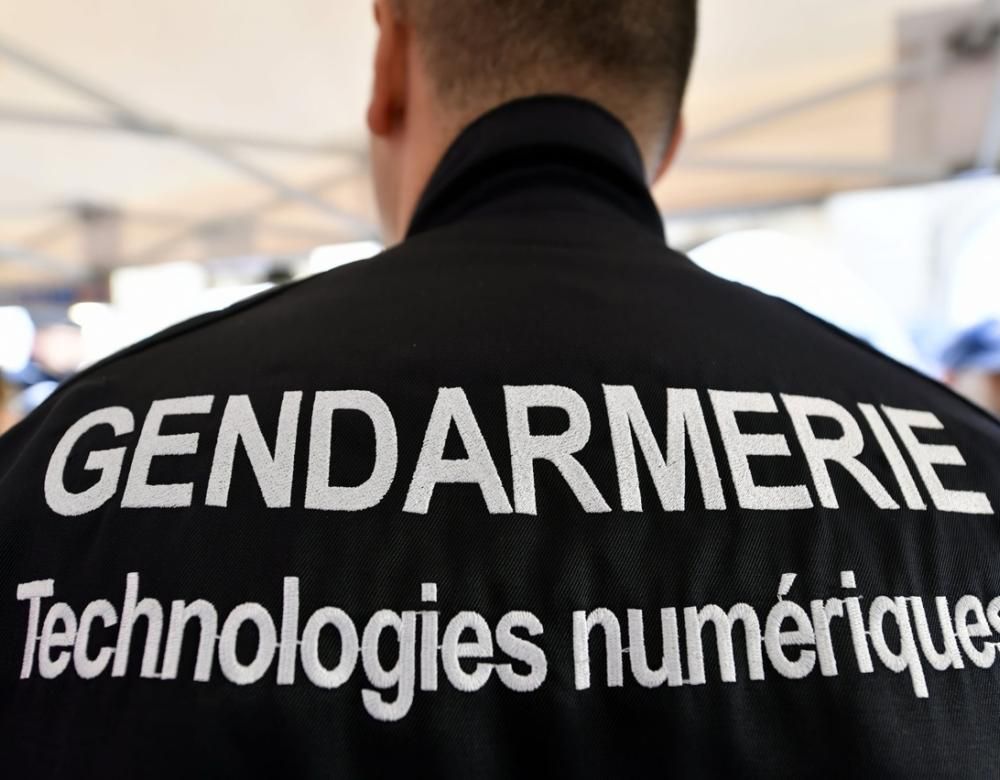

More targeted algorithms
Initially developed in order to analyse certain communications’ metadata (number called, type of connection, geolocation and timestamping) automatically, algorithmic surveillance now includes netizens’ IP addresses (the identification number of the device connected to the network) and, in some case, the full URLs of pages consulted. As a result, it has become possible to identify specific online behaviours, such as repeated consultation of content regarded as sensitive (jihadist propaganda videos, etc.). In order to do so, algorithms analyse a large volume of data continuously. It is still hard to assess how effective the system is as few analyses have been published.
Civil liberties, a sensitive issue
Taken in times of shock, anxiety and anger, exceptional measures against terrorism are usually popular with the public at large. They are tools that must be handled with care, however, as de facto they restrict individual freedoms, including freedom of assembly and freedom to demonstrate. Hence, legal practitioners, sociologists, civil service specialists and rights advocates all agree on the fact that the antiterrorism arsenal should first and foremost be based on common law and take full account of the balance between protection of populations and respect of individual freedoms whenever it deviates from it.
A mission performed by oversight institutions as well as by the citizens themselves. It is up to society to resist the “habituation” described by the American academics Cass Sunstein and Tali Sharot in 2024: drawing on the neurosciences and behavioural sciences, they describe a anaesthetising process of habituation and advocate “relearning to see” in order to combat its effects.
The sociologist Laurent Bonelli (Paris-Nanterre University) also point out that application of certain antiterrorist provisions poses a risk to social cohesion: “Employed without discernment, administrative measures (…) such as the closure of places of worship can stigmatise categories of populations and so be counterproductive by undermining national cohesion”.
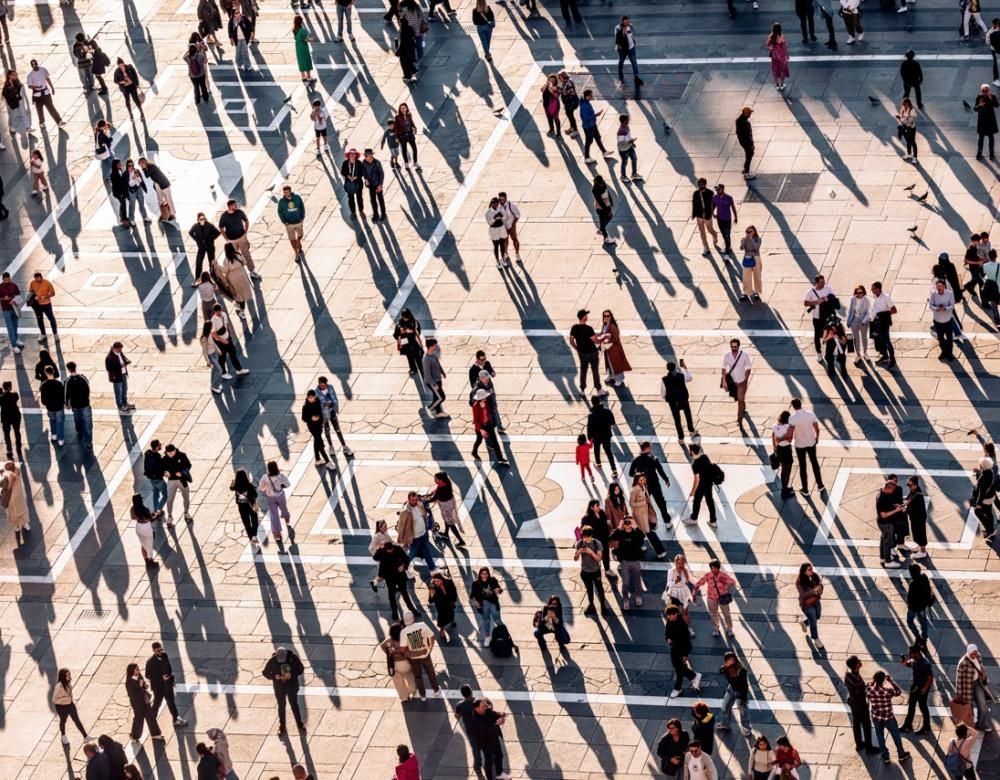
A database with a wide net
In 2024, almost 16,000 people were listed in the FSPRT, a database created in March 2015 to collect information on individuals suspected of terrorist radicalisation. The database is sometimes accused of casting too wide a net, in particular due to “the hazily defined concept of radicalisation and the difficulty of foreseeing when somebody is going to take action”, explains Marc Hecker, Executive Director of IFRI. “The administration is well aware of it and cleans up the database on a regular basis”. The FSPRT is distinct from the larger FPR database of wanted persons, in which the letter “S” is assigned to terrorists, as well as to hooligans, anarchists and “eco-activists”.
The contributions of the humanities and social sciences
Terrorist attacks put major pressure on the public authorities, which look for rapid responses in order to protect populations. So what does research in humanities and social sciences (HSS) contribute, given that such work is inherently long term?
By borrowing from sociology, history, political science, psychology, linguistics and law, such studies help track events and clarify concepts, sometimes at the price of heated debates, such as those on radicalisation. Even if it means introducing new way of proceeding.
Established in 2017, in the momentum following the attacks, the Scientific Council on Radicalisation Processes (Cosprad) brings together representatives of the State, (local and national) elected officials, and scientists. “It’s all about sharing scientific knowledge on violent radicalisation in order to foster the emergence of a common culture”, explains Antoine Mégie, political scientist (University of Rouen) and Cosprad coordinator. “Our work contributes to public action and the general public’s understanding”.
Cosprad has produced videos for the public at large and helped train national education staff during the teacher Samuel Paty’s murder trial (he was killed in Conflans-Sainte-Honorine in October 2020). Its work also calls the actions of such public institutions as the police and the gendarmerie into question, “an essential approach if we are to enable science to participate meaningfully in public action”. An approach that, in addition to Cosprad’s work, is of interest to all the humanities and social sciences.
Institutional checks and balances
In France, several institutions oversee the executive branch’s action. For example, the National Commission on Informatics and Liberty (CNIL) obtained the implementation of experimental phases and supervision of new intelligence gathering techniques; the Council of State, a custodial judge’s validation of house searches and seizures (formerly known as administrative searches). For their part, “judges make sure of the proportionality of measures”, former Director of Public Prosecutions François Molins emphasises, “by seeking a balance between two apparently contradictory objectives: maintaining public order by using supplementary resources and respecting freedoms”.


